have you read the raise?
Addison Rae, Charli XCX, and the Art of the Book Launch
Hello and welcome back to as seen on!
Today’s newsletter is so good I made it free xo
The Knot is calling it “The Swiftification of Weddings” — an anticipated $400 million bump in U.S. wedding-adjacent spending over the next two years. That includes an estimated $220 million in net new spend on bridal showers, bachelor/bachelorette parties, and rehearsal dinners, along with $180 million in new spend on honeymoons. The Knot also reported a 70% spike in “garden” searches the week of the engagement and projects a $160 million lift in U.S. floral spending, driven by couples chasing Swift’s proposal aesthetic. I love Taylor Swift’s (music) I hate how you all act. Pity those of us planning weddings in the next year.
America may be drinking its own Kool-Aid, but the rest of the world is not. U.S. brands are starting to feel the heat. In a recent earnings call, McDonald’s warned of rising anti-American sentiment; Levi’s flagged the same in the UK. Supermarkets in Canada and Denmark are now labeling U.S. items to meet demand from shoppers eager to avoid them. And in a survey of more than 10,000 people across 20 countries, 37% said they plan to stop buying American products and services due to tariffs — a figure that jumps to 57% in Canada.
Oh dear. I hope we can all agree that Coachella announcing its 2026 lineup in September, a full four months earlier than usual, is beyond recession indicator. As always, godspeed to them. Killer lineup, though.
LimeWire — yes, the music file-sharing service — has acquired Fyre Festival. CEO Julian Zehetmayr said, “LimeWire’s acquisition is not about repeating past mistakes — it’s about saving one of the internet’s most infamous cultural memes from extinction and turning it into something new.” Thankfully, there will be no more festivals. Instead, Fyre Fest 2.0 will focus on “bringing the brand and the meme back to life — this time with real experiences, and without the cheese sandwiches.” The great thing about writing this newsletter is that I can say white men are insufferable and no one will fire me.
Big Pharma executives are now positioning GLP-1s as longevity drugs. At this year’s Aging Research and Drug Discovery (ARDD) meeting in Copenhagen, Eli Lilly’s Dr. Andrew Adams asked if GLP-1s might be the world’s first longevity drugs, while Novo Nordisk’s Dr. Lotte Bjerre Knudsen explicitly labeled semaglutide a “proven longevity medicine.” Big Pharma has historically avoided framing aging itself as a therapeutic target, so this matters. A lot. By calling GLP-1s longevity medicines, pharma is legitimizing “healthspan” as an endpoint for regulators, investors, and policymakers and officially moving longevity from the fringes of geroscience into mainstream pharma strategy. Can’t help but wonder at the timing, though—both Eli and Novo shares are down bad, and nothing reframes a revenue story quite like promising a trillion-dollar longevity market.
Meanwhile, Ozempic is becoming part of the wellness resort menu.
Defense tech is selling merch like streetwear. According to Eliano Younes, Palantir’s strategic engagement lead, the company is “a lifestyle brand” — case in point, its latest drop sold 1,000 hats in under three hours. He has plans to introduce “Palantir for the home” and “Palantir for skiing”. “People are wearing it on their first day of college,” Steven Simoni, Allen Control Systems’ president and cofounder, told Business Insider about his company’s merch. “More kids are coming out of school who want to work in defense.” He hints a luxury collab in the works.
I’ll talk about this TikTok deal when the ink is actually dry, but apparently an agreement has been reached under which TikTok’s U.S. business would be controlled by an investor consortium that includes Oracle and Andreessen Horowitz. Remember those TikTok Paramount rumors? Big deal for nepo baby media exec David Ellison.
Wall Street is buying up “industrial outdoor storage” sites — massive parking lots, truck stops, and repair yards — to convert into data centers. J.P. Morgan Chase launched a $700 million joint venture with Zenith IOS last year to acquire properties nationwide, while Blackstone committed $189 million in February to a fund with Alterra Property Group covering 49 sites across 22 states. Since 2021, institutional investors have poured more than $4.7 billion into the sector as the race to profit from AI fuels demand. Smaller dealers and brokers are also buying old truck stops and auto repair yards to bundle into larger portfolios that appeal to big investors.
Bumble is betting big on friendship — again. Today, the company relaunched the Bumble BFF app, this time built on technology from Geneva, the community platform it acquired last year. The Bumble team reached out with details on the new app, which, beyond 1:1 matching, will include:
Intentional Discovery: Customizable profiles, interest-based matching, and photo prompts that make it easier to connect authentically.
Safe Connections: Mandatory selfie verification and smart recommendations to ensure trusted, quality matches.
Friendship Management: The “Me” tab keeps your social life in one place — from 1:1 chats to group hangs.
Groups & Events: Private spaces to chat about shared passions and plan hangouts to come together IRL
A few thoughts: 1.) I actually think friendship (or loneliness) is a far more interesting problem than romance to be solving in 2025. For better or worse, a lot of startups think so too. 2.) Bumble already has some scale, but I wouldn’t rely on that. Winning will be an execution game and they’re going to have to get really creative about it. 3.) Friendship is in many ways harder to engineer than relationships, so curious to see if and how they incorporate social utility, particularly for retention.
I’m going through a phase where I’m super obsessed with makeup and skincare — two categories I cover often but have only recently started engaging with as a consumer. My spending over the past two months has been a bit insane. Allure’s Best of Beauty 2025 came out yesterday, and it got me thinking about what channels actually move me along the funnel as a consumer — and unsurprisingly, it’s influencers. I get the influencer spend now, and I’m sad to report it really is necessary. It makes no sense because both are fueled by the same machine, but I don’t trust trade publication lists! Those people are strangers to me. By now, I’ve formed parasocial relationships with about five beauty influencers (all my skin tone), and honestly, they could sell me anything.

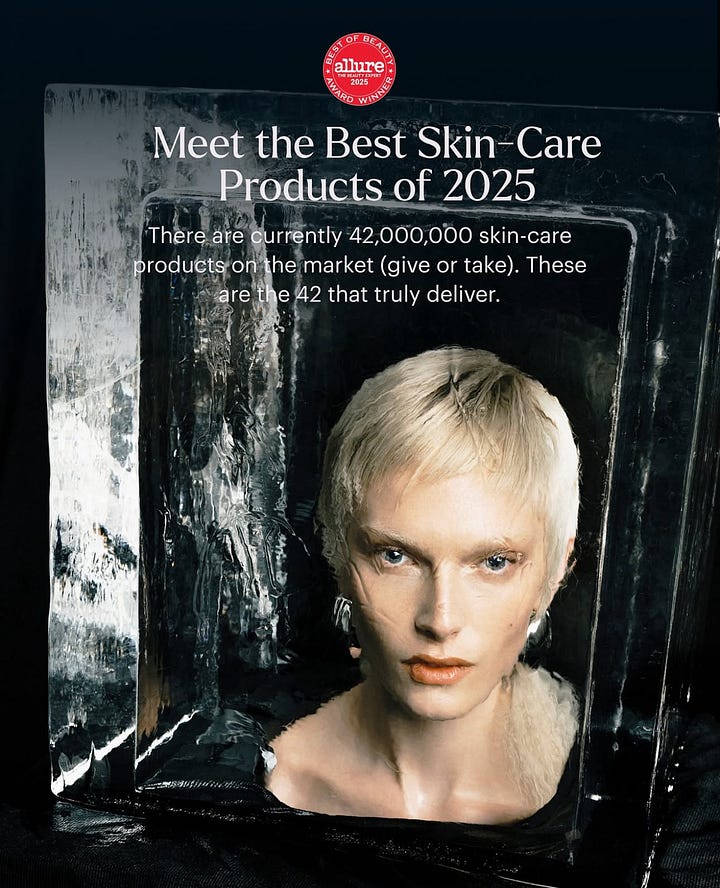
And on that note, yesterday Sephora’s CEO announced the launch of My Sephora Storefront — a creator platform where influencers can build their own shoppable storefronts on sephora.com. Shit’s about to go crazy. For everyone. Here’s the picture: creators will be incentivized to funnel traffic directly into Sephora’s ecosystem, creating a loyalty loop that includes consumers like me. Sephora gains granular visibility into which creators drive which categories, which SKUs go viral, and how peer-to-peer recommendations actually convert. It effectively recruits creators as an unpaid marketing force — definitely cheaper than ads. The biggest losers? Ulta and Amazon.
More still on that note, Condé Nast is launching its own creator storefront. Set to debut early next year, Vette will be spearheaded by Vogue’s Lisa Aiken (ex–Net-a-Porter, Mytheresa, Moda Operandi) and will differ from platforms like LTK and ShopMy with a direct marketplace model — no redirects to brand sites, giving creators more control and access to shopper data. Vette will launch with a small, curated group of creators and won’t leverage Vogue’s name directly. This could be really cool — or a repeat of Style.com, Condé Nast’s failed Net-a-Porter/Farfetch competitor nearly a decade ago. Still, it’s nice to know someone’s not asleep at the wheel.
Alice Mushrooms has closed an oversubscribed $8 million Series A round led by NewBound Venture Capital, with participation from Unilever Ventures and DJ Tiësto. The functional chocolate brand reported seven-figure revenue in its first year and projects eight-figure revenue with 40% year-over-year growth this year.
Some Beauty M&A News:
Body care brand Nature of Things is getting a relaunch after being acquired by Hourglass Cosmetics founder and CEO Carisa Janes from previous owner JP Collet, who will now be a minority partner.
Osea Malibu has received a strategic growth investment from General Atlantic Partners, which earlier this year acquired fragrance brand Kayali alongside its co-founder Mona Kattan. Financial terms of the deal were not disclosed.
Luxury beauty retailer Cos Bar has been acquired by private investment firm the Mitchell Family Office — just a week after BoF reported that it would not be acquired by Violet Grey. Most likely the deal fell through. Expect Mitchell Family Office to either (1) modernize Cos Bar’s e-commerce and clienteling, or (2) position it as a prestige acquisition target for a larger beauty conglomerate down the line.
Now For Some Fashion Stuff…
Hannah Neelman can’t wait for the Nara Smith x Reformation collab to drop.
I fear I do love everything Gap is doing right now. Let it be known that I did say they’d find their feet. The brand has tapped some of the industry’s most seasoned operators to help develop their beauty and accessory divisions—Reed Krakoff of Coach and Tiffany fame, Estée Lauder veteran John Demsey, Deb Redmond from Nordstrom, and Michele Parsons from Kate Spade. Together, they’re tasked with turning two long-overlooked categories into proper growth engines, starting with Old Navy beauty. Mall brands so back baby.
In case like my you’re wondering what business Jaden Smith has being Christian Louboutin’s first men’s Creative Director: “I found him very interesting, very kind, and very, very humble, and above all, very interesting: The way he is, the way he dresses, the way he thinks.” So apparently the guys has rizz.
And That’s It For Fashion Stuff…
Business Insider told reporters they can use ChatGPT to generate first drafts of their articles. “But you must make sure your final work is yours."
Among the 50 biggest English-language news websites in the world, Substack was the only site to report year-over-year traffic growth in August—p 49% to 123.8 million visits.
More on the Puck–Air Mail deal via Breaker’s Lachlan Cartwright. First, looks like we all got the news from Breaker— including Puck staff. Yes, Graydon Carter will be “involved,” though it’s still unclear how. And at least a few of Air Mail’s luxury advertisers aren’t thrilled with the news. One called Puck “downmarket” compared to Air Mail, while LVMH flagged past issues with Line Sheet. I agree with Puck’s rebuttal: Lauren Sherman is the greatest fashion journalist who ever lived.
Speaking of nepo babies, Nika Soon-Shiong, the Oxford educated daughter of LA Times billionaire owner Patrick Soon-Shiong, is set to become publisher of Drop Site News, a progressive outlet that has amassed nearly 400,000 subscribers since its 2024 launch. She told Semafor the team proves there’s demand for “transparent, brave, and humane” journalism — and warned that history will be “merciless” to media that downplay genocide, ignore apartheid, or overlook America’s role in foreign wars. Oh, to be a fly on the wall at those family dinners.
Seen Report: Addison Rae, Charli XCX, and the Art of the Book Launch
In February, founder, consultant, and author posted a Substack announcing she would be self-publishing her debut novel, The Raise. What followed was less a traditional book rollout than a full-blown cultural launch: a teaser trailer, casting, an immersive website, and a campaign that felt closer to a pop star’s album cycle than a publishing debut. In our conversation, Ali talks about reimagining what self-publishing can look like, why she invested in building a world around her book, and what her predictions are for the future of publishing.
Aside from your own convictions about The Raise, what shifts or signals in publishing made you feel now was the right time for self-publishing to be reimagined?
The first thing I realized was that many bestsellers between 2020 and 2025 were self-published. In thrillers specifically, Freida McFadden had been doing it for a decade before partnering with Sourcebooks in 2023. Social media has changed publishing forever: with TikTok and Substack, authors can now reach and market directly to readers. If you have the hustle, you can make your book a “thing” without a publisher. BookTok has also revived backlist titles and turned unknown authors into bestsellers overnight. Readers don’t care much anymore about who publishes a book. And the truth is, publishers don’t actually do a lot of marketing—it’s something authors end up doing themselves. So I figured if I’d be doing that work anyway, I might as well have full creative freedom and keep the upside
You’re not just redefining what “self-publishing” can look like — you’re also reshaping how a novel is marketed. From the Instagram campaign and website to the casting and teaser video, the rollout feels closer to a film launch than a book release. What influences shaped your approach to promoting The Raise?
I was inspired by pop music, pop icons, and where pop culture is moving. Addison Rae was a huge influence in building the visual world of The Raise—her marketing instincts, the way her videos tell little narrative stories, and how she blends past and present visually all clicked for me. I wanted The Raise to feel both new and nostalgic in that same way, pulling from American Apparel, 2000s paparazzi shots of Paris Hilton, old Gossip Girl, Lorde’s Pure Heroine, and Tumblr. For the campaign itself, though, it was all Charli XCX. I’ve been a Charli girl for over a decade, and her Brat rollout—how every piece, from IRL stunts to social to shows, felt strategic and interconnected—inspired me to think of the book as a multi-dimensional launch. And lastly, Lady Gaga: her theatricality, how she makes everything feel like art and a moment, was something I wanted to channel too.
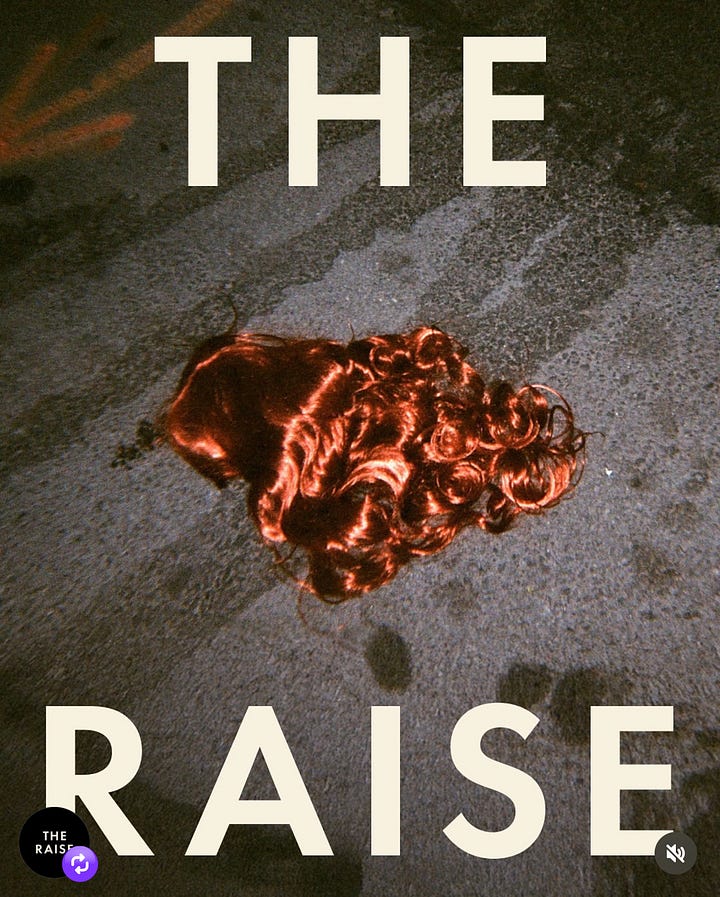

What was your budget for this kind of rollout? How much did you DIY vs outsource?
I initially pulled $24,000 from savings—about $6,000 a month—to cover living expenses and the trailer, which in hindsight was delulu. The launch itself—trailer (actors, crew, Modern Post editors, insurance), book packaging and shipping, logistics, and the launch party—ran beyond that. But I figured it was better than paying a publicist $20,000 for a few months of coverage, which many traditionally published authors do. I’d rather put that money into making something beautiful, another piece of art.
The only thing I outsourced was physically publishing the paperback and ebook with Gatekeeper Press. Everything else I either DIY’d or sourced: I co-wrote and produced the trailer song with Ryan Hanifin, creative-directed with Alison Golcher Stone, produced with Sofija Kas, and worked with Eva Zar, who directed the trailer and shot all the photography. Alison also designed the cover with me, while Sofija and I scouted cast and locations. Modern Post edited the trailer, and Brooklynn Gallagher and Samantha Hasner styled it. Everyone came through me or Eva, and I made sure they were paid fairly. It was a true collaboration—over budget, but worth it.
Yesterday you made history as the first self-published author on Reese’s Bookmarked podcast. What does success look like to you as a self published author, and is it different from what it might look like in traditional publishing?
Definitely. Part of “success” is financial and part of it is more woo-woo. Financially, I want to make my investment back—I treated this like a bootstrapped business, placed my marketing bets, and hope they pay off. Because I’m self-published, I get monthly sales reports across every channel, which is thrilling as a marketer and entrepreneur; traditional authors only see quarterly royalty statements and otherwise stay in the dark. Spiritually, success is simply having readers. There was a time when I was the only one who believed in this book, so every Goodreads review, text, DM, or NetGalley mention feels like a full-body high. Having people devour The Raise, voice-noting me when they hit the twist—that’s why I write. The readers are my ice cream; everything else is just a cherry on top.
Anyone following publishing knows the industry is shifting — from how books are acquired to how they’re promoted. Given everything you’ve learned through this process, what are your predictions for the next few years?
God, Ochuko, f*ck you and this big hairy question. No—I love it and you. Let’s see. I actually wrote about this back in February, but one of my main predictions is that something will finally katapult self-publishing out of its murky, opaque, still kind of stinky place and into a clearer, more elevated space. Some platform will take the guesswork out and set authors up for success from a marketing POV—the way Substack redefined self-publishing for newsletters and blogs. We’re already seeing early versions with Authors Equity and 831 Stories, which trade big advances for profit-sharing, and I think more of these models will emerge and scale.
Alongside that, I see direct-to-reader (D2R) models growing—authors selling straight to readers with merch bundles, special editions, subscription communities, and so on. And I think we’ll see new delivery styles—serialized audio, interactive content, full-cast dramatizations, bite-sized formats for on-the-go. The tradeoff, of course, is more noise: it already feels overwhelming to choose a book, and it will only get harder for individual titles to break through without serious marketing, branding, or a unique hook. So…call me.
Go read The Raise, it’s really good! Congrats Ali!



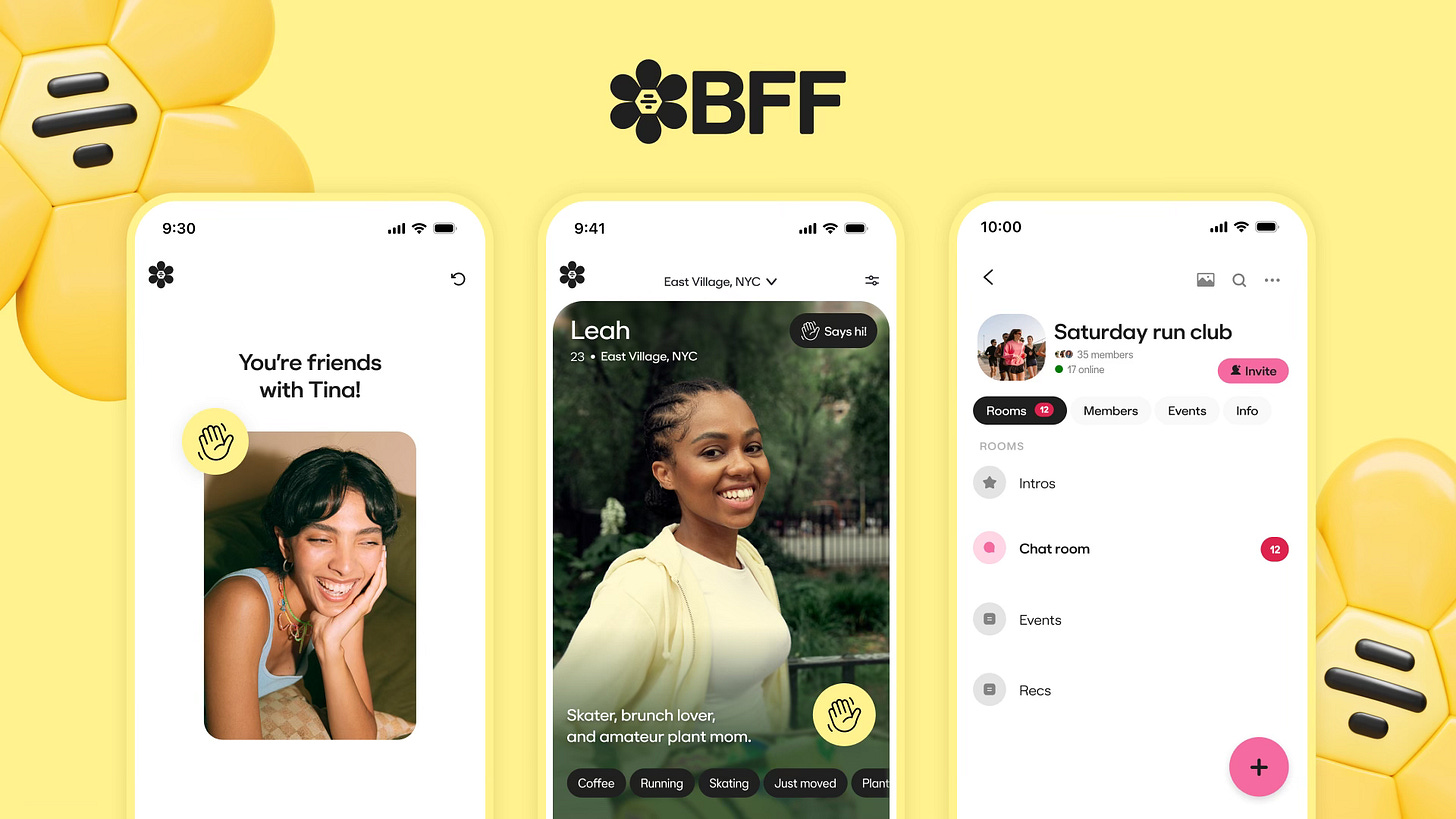
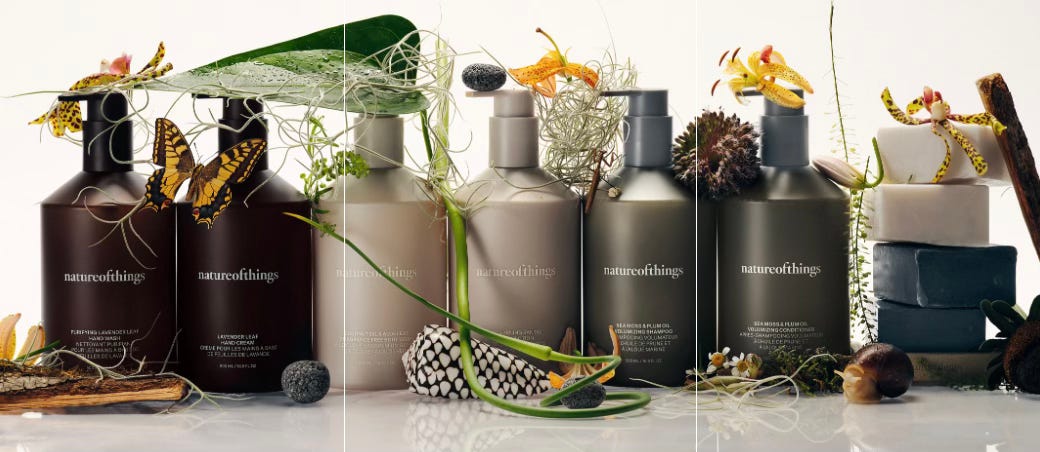

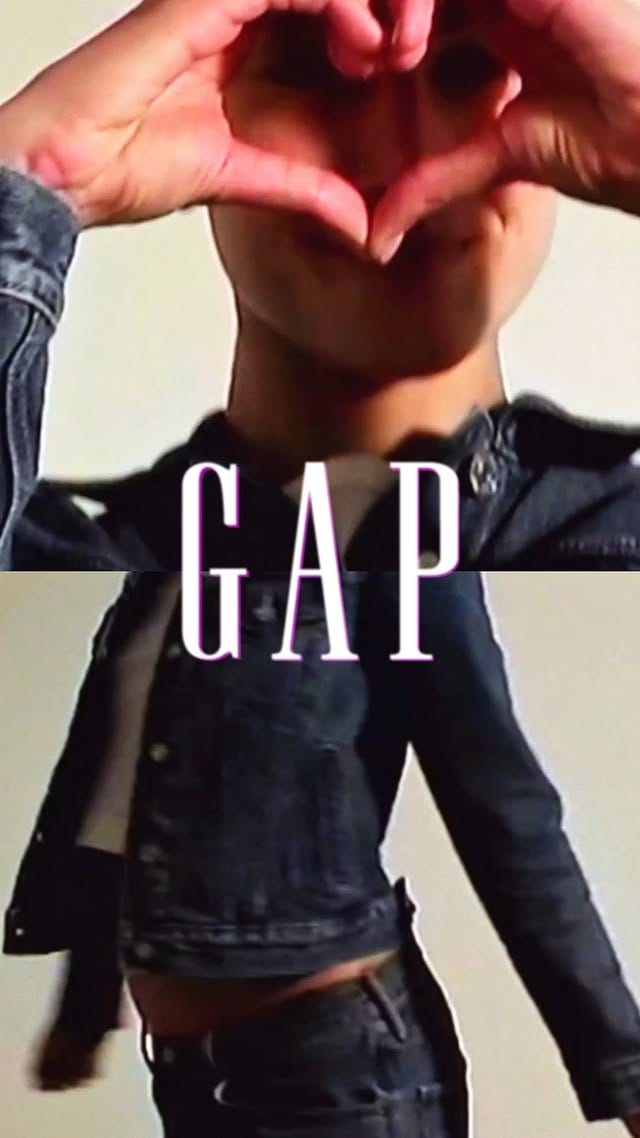
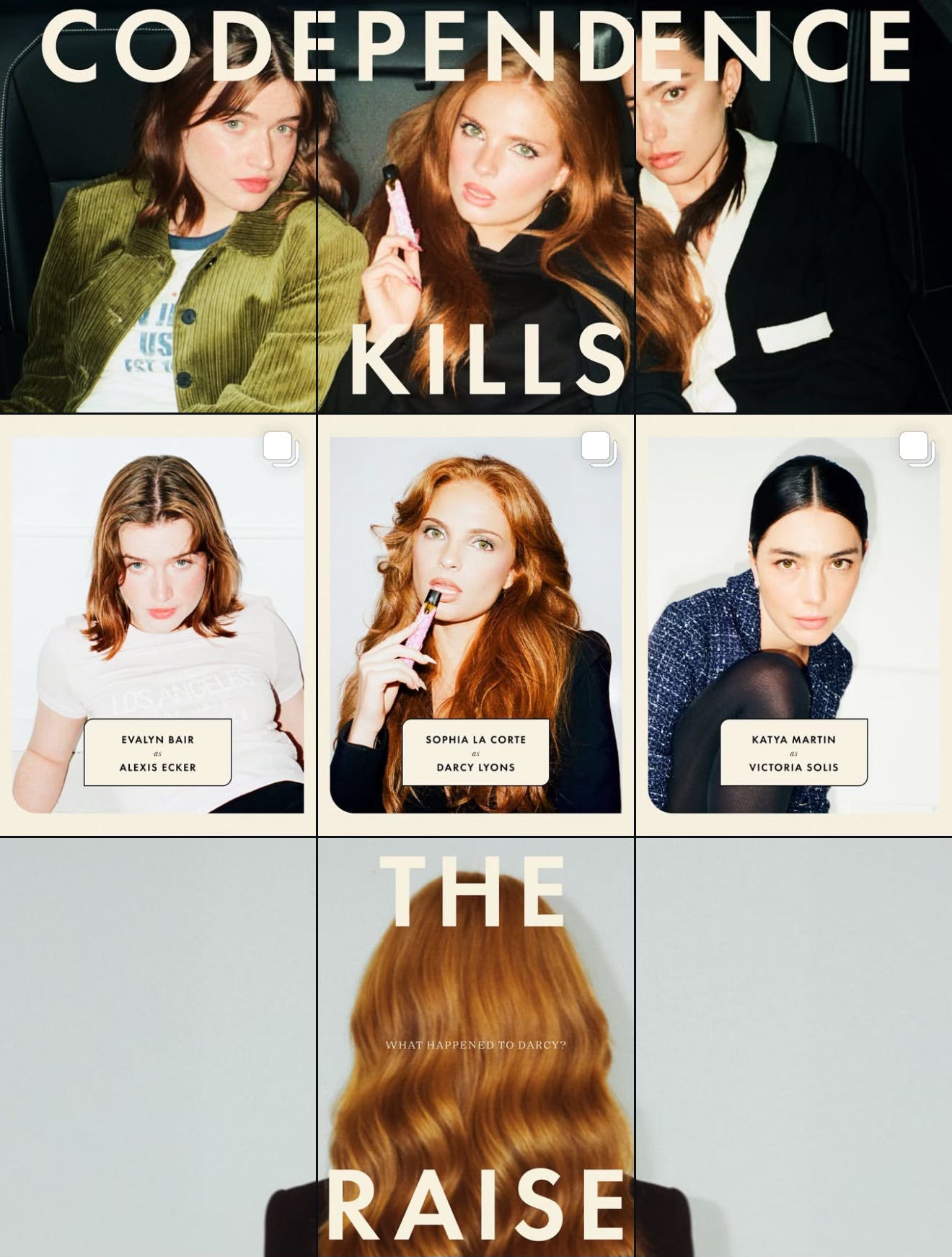
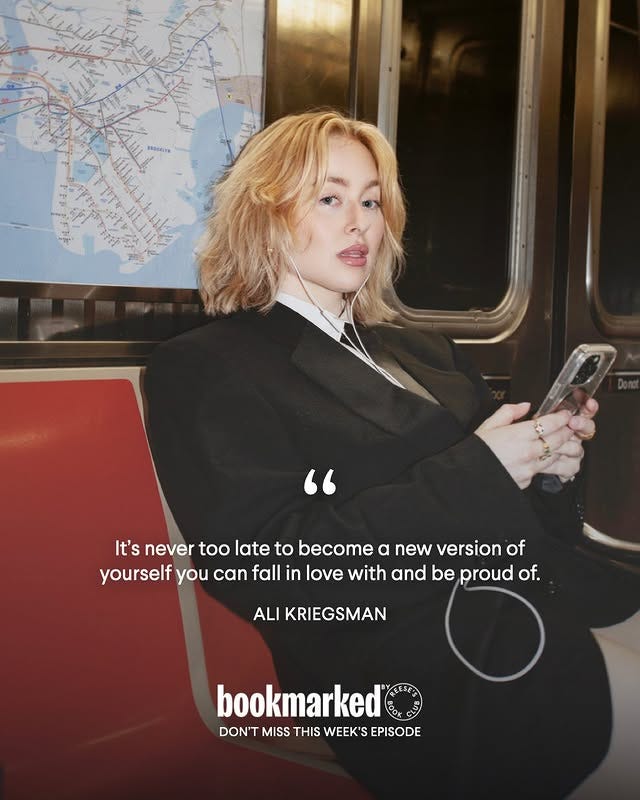
I love Ali's story of getting The Raise done and marketed, bc it makes for a really compelling boot-straps writer story. That being said, the admirable high production value isn't something that the average writer could likely afford, and I'm really curious about hearing even more - the timeline of this whole endeavor, what she's hoping to see as 'proof points' of a win(s) around taking this approach, and given the effort it took to do The Raise, how much of this both would be or should be replicable for another book (?).
As someone Big 5 published, I def agree with some of the feelings of frustration, limitation and even representation inside a publishing house. It's a macabre experience, and there's a tremendous amount of heft at times w/ a finished book that I didn't see coming that I'm carrying real time. AND there's also a lot of infrastructure, knowledge, relationships etc that I'm not only gaining, but applying to the situation too, that'll augment my next endeavor.
Self-publishing, as some friends and I have been chatting about, has a long history, particularly in Black circles, cities and communities, and it's always been vibrant. I think this example of The Raise should probably come w a lot of caveats around it. This was a supremely expensive set of costs - we're only reading about the marketing/publicity of the book! - and so I also wonder how much ppl can afford to invest in art this way. Like, I support Ali's "it's not about selling my art as a profit, but about it existing bc I created it", but the time/money price point on this stuff makes you wonder how many writers would be happy with a book that had this much resource investment and still didn't "sell" (which happens!)
🫶🫶🫶loved this topic and thank you for the convo!!! The raise has risen